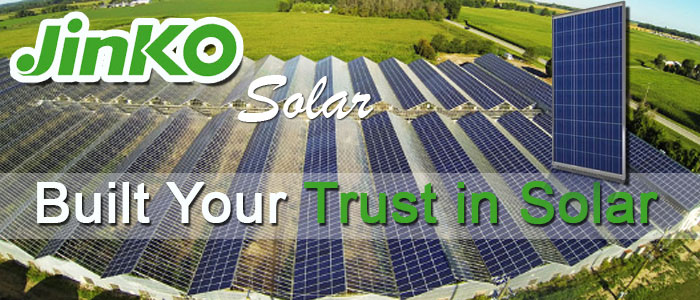Jan 22, 2019
What You Need to Know about Recycling Solar Panels

Today’s solar photovoltaic panels have a useful life of 35 to 40 years on average. When it’s time to dispose of old solar panels, it’s natural to wonder about the impact on the environment.
As a certified B-Corp, Secure Futures is committed (among other things) to green business practices. We take our sustainability promise very seriously. This means that we investigate and audit our supply chain, including our solar panels, from production to end-of-life.
Solar power has become the fastest growing type of renewable energy. This means thousands of solar panels are produced annually. Since solar power is part of a sustainable energy portfolio, the industry bears a responsibility for making its processes sustainable from production through the end of the service lifecycle—from cradle to grave or, better yet, cradle to cradle. Here’s how we play our part.
Sourcing Sustainably
Secure Futures has sourced and installed solar panels produced by two high-quality manufacturers, SolarWorld and Jinko. According to the Silicon Valley Toxics Coalition (SVTC) scorecard, on a 100-point scale, SolarWorld and Jinko achieved total scores of 95 and 90, respectively.
Since SolarWorld closed its doors in 2018, Secure Futures now uses Jinko panels exclusively. Jinko also takes its product lifecycle seriously. The company earns a 10 out of 10 on the SVTC scorecard for limiting toxicity in its modules and materials as well as for avoiding the use of so-called “conflict materials.” The panel warranty assures buyers that their panels will last as many as 35 years in service (nearly twice as long as solar panels developed and installed just a decade ago).

Worried about the amount of energy consumed in the making of your panels? Well, now you can put your mind at ease.
According to the National Renewable Energy Laboratory, less than four years after being placed in service, energy produced by average solar panels will offset all the energy consumed during their manufacture. Thereafter, solar panels will continue producing clean, carbon zero energy for decades.
The type of solar panels Secure Futures that installs, high-efficiency monocrystalline photovoltaic modules, typically recoup the energy needed to make them more quickly — in less than two years.
What Happens to A Solar Panel at the End of Its Life?

In 2016, Jinko established a partnership through which it cost-effectively recycles decommissioned solar panels.
Recent research has shown that panels that are simply tossed in a landfill (i.e., smashed up) can leach elements like cadmium and lead into the earth and groundwater. Recycling panels is a much better option, not only for avoiding the introduction of contaminants into the environment, but also generally speaking, for the re-use of materials in line with the age-old Reduce-Reuse-Recycle mantra.
A niche recycling industry is growing around the need to decommission aging solar panels. Companies such as Recycle PV and industry groups including the Solar Energy Industries Association have joined manufacturers to start and run effective recycling programs for old solar panels.
And this is one area where recycling can really pay. Many photovoltaic panels contain highly valuable rare minerals. Just as your mobile phone contains rare metals including platinum and palladium, solar panels contain silver and rare compounds, including gallium. Recycling solar panels allows these substances to be reclaimed and reused, thus reducing the need for expensive sourcing and extraction processes for raw materials.
Is solar panel recycling perfected? Not yet. But technology is advancing every year. The International Renewable Energy Agency predicts that within the next 30 years, the industry could be reclaiming as much as $15 billion worth of materials, or the equivalent of two billion solar panels worth of recycled content.
The potential to build a robust cradle-to-cradle sustainability loop for recycling solar panels promises to bring a whole new dimension of “green” to renewable energy.
— Laura Lambkin, Secure Futures Solar
Make This Your Year to Go Solar
Find out what it would take for your college, school, hospital or business to get solar on-site with no upfront capital investment and money savings every month.